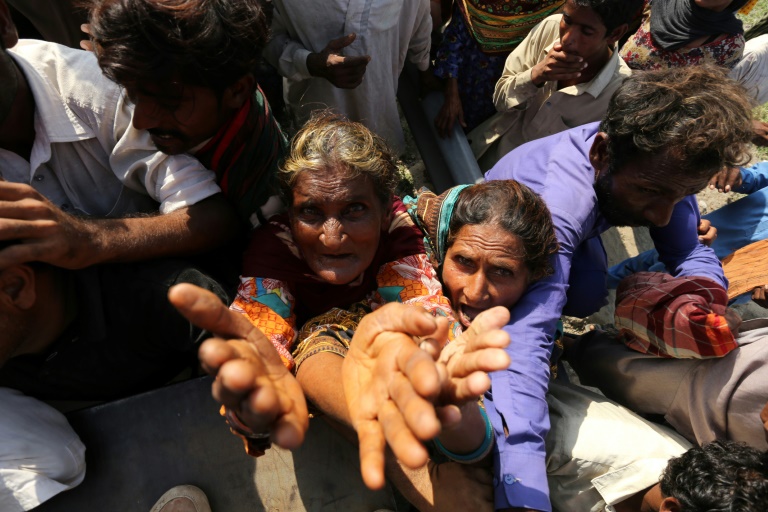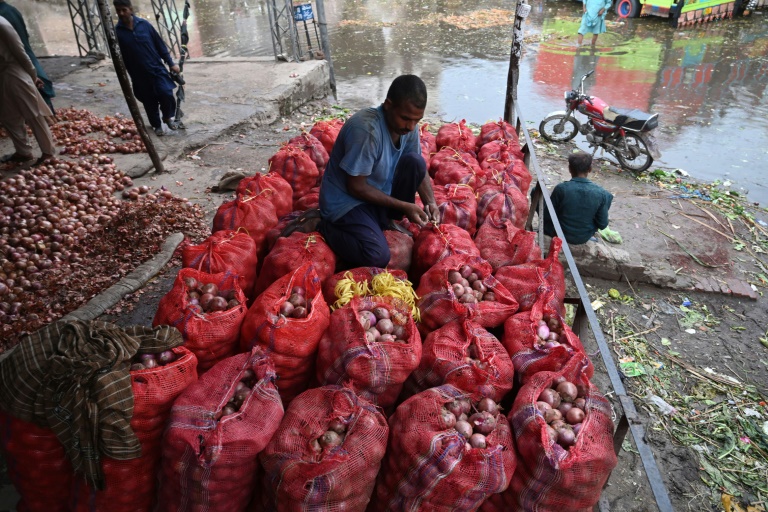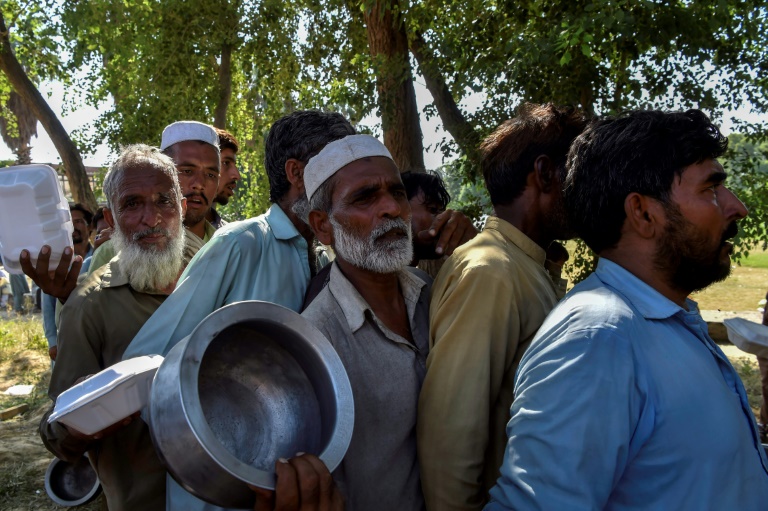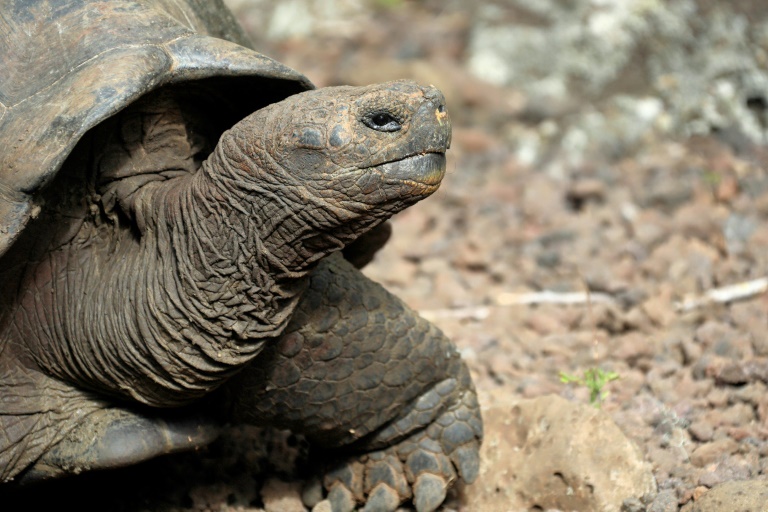Barbecue-bashing French green MP stirs up carnivores
Many French people enjoyed barbecues during the summer holidays
Are barbecues “a symbol of virility”? A prominent French green MP has sparked a national debate by suggesting that red meat is macho and grilled ribs are a gender issue.
Sandrine Rousseau, a leading figure in the EELV party and self-declared “eco-feminist”, has raised one of the most talked about topics of the end-of-holidays period.
In seeking to draw attention to the impact of meat-eating on climate change, she told an event at the weekend that the country needed “to change mentality so that eating steak cooked on a barbecue is not a symbol of virility.”
Citing figures from researchers, the 50-year-old former academic said that men ate twice as much red meat as women in the country of “steak frites” and “beef bourguignon”.
As French people return to work after the long August break, radio and TV stations as well as social media are sizzling with hot-headed views on Rousseau’s barbecue-bashing.
“That’s enough of accusing our boys of everything. Stop ‘deconstructing’ our men. Stop Rousseau’s fantasies,” right-wing MP Nadine Morano wrote on Twitter.
Far-right lawmaker Julien Odoul asserted that “since the dawn of time, the muscular mass of men means they eat more meat (protein) than women. It’s not ‘virilism’, it’s nature.”
He vowed to continue his “Cro-Magnon diet based on French meat,” referring to carnivorous cave-dwelling early humans found in southwest France.
– Climate change fears –
The EELV is seeking to capitalise on a summer of weather-related catastrophes ranging from a severe drought to huge wildfires in France to draw attention to climate change.
In recent weeks, the party has floated the idea of a ban on building new private swimming pools as well as restrictions on private jets.
Rousseau defended herself in an interview on LCI television on Monday, saying she was taking part in a discussion about how to convince people to change their eating habits.
“In fact, reducing your quantity of meat is the most effective action against climate change from a personal perspective, even more so than the car,” she said.
Men are more resistant than women to change their diets, she alleged, while admitting that she ate “small amounts” of red meat and was not fully vegetarian.
“I’m fed up… What are we prepared to do? We’ve just lived through a summer when we’ve seen the real impact of climate change for the first time and what are we prepared to do?” she said.
The United Nations Intergovernmental Panel on Climate Change (IPCC) devoted a chapter this year to its climate solutions report to stress how consumers could drastically reduce global emissions.
It also singled out shifting to a plant-based diet instead of meat as one of the most effective changes individuals could make.
But the biggest potential for avoidance was in reducing long-haul flights.
– Fall in meat consumption –
Rousseau cited work by French writer Nora Bouazzouni, author of the 2021 book “Steaksisme,” which explored attitudes to food consumption.
Bouazzouni argues that eating habits are not gendered — or driven by protein requirements — but are instead learned cultural behaviours.
Health scares, higher prices and growing awareness about animal rights have led to a gradual fall in meat consumption in France since the end of the 1990s.
But most French people remain proudly carnivorous and the majority of school children are fed meat at least four days a week despite recent efforts to introduce vegetarian options.
Rousseau has emerged as a leading face in the EELV party since seeking the party’s nomination for April’s presidential elections by promising “punk ecology”, though she lost out to rival Yannick Jadot.
Though EELV fared poorly in the presidential and parliamentary elections this year, they won control of a host of major towns and cities at the local level in 2020, including Lyon.
Lyon’s Mayor Gregory Doucet caused another food-related scandal last year by taking meat off the menu in school canteens to simplify the feeding of children during the Covid-19 epidemic.
Interior Minister Gerald Darmanin attacked that move as an “unacceptable insult” to French farmers and butchers.
burs-adp/js/pvh









